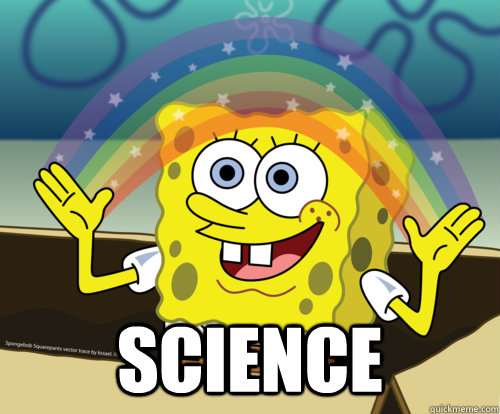Overview
Today in class, we spent time discussing solubility and rules of solubility, by going over the homework and a solubility graph (got in class today). In addition Mrs.Friedmann conducted a cool experiment that illustrated how supersaturated solutions occurred.
Homework Discussion
First, we were shown the answers to the questions and made correction to our homework. For every equation a reaction occurred so you had to write a balanced equation and a net ionic equation for each question. This is because it is very rare for two soluble elements to combine in water and form another soluble element, it is usually a precipitate that forms.
Here is a problem from the homework...
1) LiCl(aq) + Na3PO4(aq) >>> Li3PO4(s) + Na3Cl(aq)
balanced: 3LiCl(aq) + Na3PO4(aq) >>> Li3PO4(s) + 3Na3Cl(aq)
Net equation: 3Li(aq) + PO4(aq) >>> Li3PO4(s)
Review:
-net ionic equation shows only what has reacted to form the solid.
- molecular equation is what we have been doing so far, it shows molecules that reacted and those that did not react expressed in molecular form.
- complete ionic equation shows each ion in the equation separately.
Well, we all heard our teachers say "Wikipedia is BAD" well, today in class we discussed the reliability of wikipedia when we searched the solubility rate for Lithium. It was said that "nerdy" topics such as solubility rates or " the reasoning behind calculus" can be trusted. This is because it highly unlikely for someone to change such small and "nerdy" detail just to be sneaky. However if something was written about Justin Bieber being awesome on wikipedia then it should be assumed that some obsessed fan wrote it, and that it does not reflect true facts (like really, its not true!).
Cool Experiment...
It wasn't really cool, but hot. Mrs. Friedmann boiled a solution that was supersaturated in a plastic bag, and then at the end of the class we tried to cool it down while trying to prevent it from precipitating.
- This was based on our lesson today in which we discussed a few rule about solubility by studying a graph about the solubility of Sodium acetate...
- based off the chart we can see that as the temperature increased, the solubility of Sodium acetate also increased
- In order to create a super saturated solution which by definition a solution that has more of a solute than the can be dissolved, well then how does it get dissolved and turn into a supersaturated solution.. Simple, bu increasing the temperature. This works because when the water molecules heat up ther begin to move extremely fast and collide into one another, allowing them to dissolve more solvent. Then the solution is cooled down BUT the solute or Sodium acetate still stays dissolved if done carefully!
- A unsaturated solution is one that is not completely full with solvent or in this case Sodium acetate
- A saturated solution is one that is completely full with solvent( not too much or too little)
Homework:
- Complete the Solubility curve worksheet passed out in class a couple of days ago
- Webassign is due by Sunday night
- enjoy your halloween candy!
Fun facts for the weekend...
- Elephants are the only mammals that can't jump.
-Every time you lick a stamp, you're consuming 1/10 of a calorie.
-If NASA sent birds into space they would soon die; they need gravity to swallow.
-A 'jiffy' is an actual unit of time: 1/100th of a second.
-Ketchup was sold in the 1830s as medicine
-Coca Cola was originally green.
-Every person has a unique tongue print.
 |
| it's magical... |
next blogger is- kevin mihelic

COOOOOL COol Facts! :)
ReplyDeleteThis comment has been removed by the author.
ReplyDeleteThis comment has been removed by the author.
ReplyDeleteHi Ambreen! Your blog was really helpful and I enjoyed the fun facts at the end!
ReplyDeleteHey Ambreen! Nice blog! I thought the solubility graph further enhanced your below explanation of supersaturated, saturated, and unsaturated solutions. Thanks!
ReplyDeleteAmbreen, you did a great job explaining the saturated curve graph! I loved all of your pictures and they were explained very well. Also, I loved your fun facts! Thanks!
ReplyDeletevery good pictures and explanations!
ReplyDelete